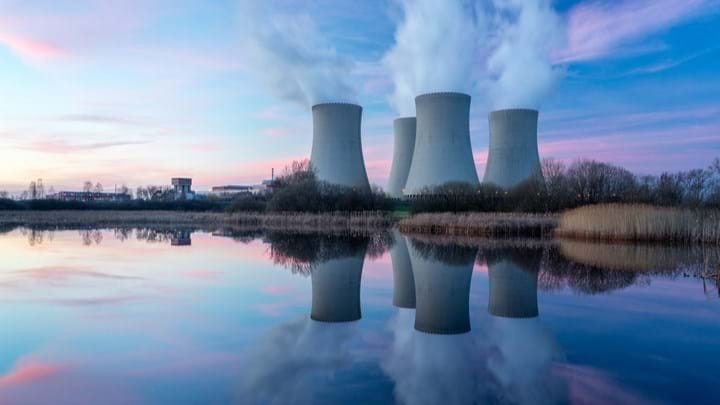Nuclear industry releases cost cutting framework

THE Nuclear Industry Association (NIA), a UK trade association for civil nuclear industry, has released framework which could enable industry to cut the costs of constructing new nuclear stations in the UK.
As part of the UK Government-backed Nuclear Sector Deal, a new report developed by a cross-industry team sets out the key factors involved in reducing risks and costs by 30%, by 2030. The £200m (US$257.4m) deal, announced in 2018, is a partnership with nuclear industry which seeks to drive down costs, and increase innovation and workforce diversity.
The report, Nuclear New Build Cost Reduction, incorporates lessons from projects around the world and shows that nuclear power is set to play a pivotal role in achieving net zero by 2050, while creating thousands of high-quality jobs and economic opportunities in the country.
The cost and risk reduction factors which Nuclear New Build Cost Reduction outlines include rigorous pre-construction planning, with simple design and construction methodology; repeating designs across multiple stations, using many of the same supply chain partners; and building up and transferring a skilled and experience workforce to new projects.
The report also discusses a new financing model that controls construction risk and will bring down consumer costs by mobilising a wider pool of investors and cutting the cost of capital. Government is currently consulting an alternative Regulated Asset Base (RAB) approach to finance future nuclear projects. The approach would see investors receive some revenues during construction and would employ cost and risk-sharing mechanisms with customers or taxpayers. It could help to facilitate construction of new nuclear on a scale to match the Government’s net zero ambitions.
In the report, 14 factors are identified which are key to helping to reduce risk, including financing, design, project management, construction preparation, supply chain, skills, and operations preparation.
To embed the recent framework, industry is developing a comprehensive Risk Assessment Tool to monitor these factors for project delivery and efficiency. The tool would allow developers, investors, and the Government to develop clear understanding of project risks to support investment decisions and then track ongoing management of the actions and risks throughout delivery of the project.
According to NIA, industry has already achieved early progress against initial indicators, for example, with rigorous pre-construction planning. The designs that will be used at nuclear projects Wylfa Newydd and Sizewell C are highly advanced, and years of work has been conducted to prepare the organisations responsible for delivery, for construction.
There has also been use of repeating design. Large-scale nuclear development Hinkley Point C has incurred first-generation costs for nuclear build. By setting up the supply chain, skilling workers, and building capabilities, the project could help to reduce costs for subsequent large-scale reactors. Wylfa Newydd will use an advanced boiling water reactor, a type which has been built on time and on budget four times in Japan between 1992 and 2006.
Hinkley has additionally seen the benefits of transferring skilled labour. Workers installing rebar at the first unit took 25 hours to do so, but installation for the second was achieved in 16 hours, representing a 36% reduction in time requirements.
Industry is confident that by taking the steps outlined in the report, and with the work of Government to secure a new financing model, costs can be reduced sufficiently to meet the commitments made under the Nuclear Sector Deal.
Humphrey Cadoux-Hudson, Chair of the Cost Reduction Working Group of the Nuclear Sector Deal, said: “I am very pleased to say that the nuclear new build cost reduction workstream has made great progress, and our report clearly shows it’s possible to deliver a cost-effective programme of new nuclear power stations in the UK. But promises of cost reduction are not enough – in making this case, the developers of new nuclear plants are showing that we recognise the delivery risks we face, and how to manage them.”
The Cost Reduction Working Group was established to identify how the target to reduce new build cost by 30% could be met and the actions to enable it.
Tom Greatrex, CEO of the NIA, said: “This report demonstrates that the upfront costs can be tackled effectively by bearing down on construction complexity and risks, and by tackling unnecessarily high financing costs.”
Hadhim Zahawi, Minister for Business and Industry, said: “I am delighted to see the nuclear industry setting out a clear and robust framework to reduce costs, in line with its commitments under the Nuclear Sector Deal. New nuclear will play an important role as we reach our net zero target by providing reliable, low carbon power as part of our future energy mix.”
Recent Editions
Catch up on the latest news, views and jobs from The Chemical Engineer. Below are the four latest issues. View a wider selection of the archive from within the Magazine section of this site.




